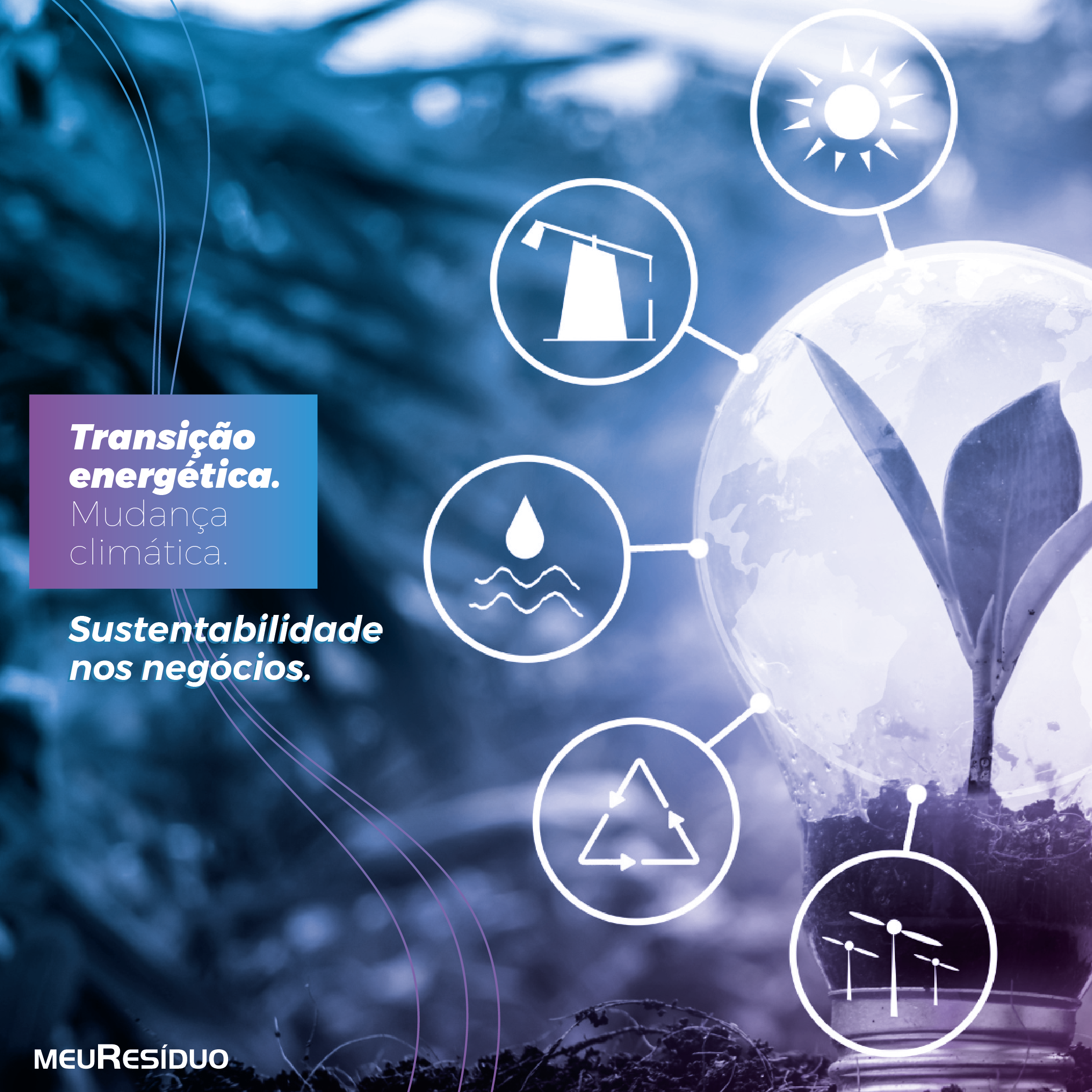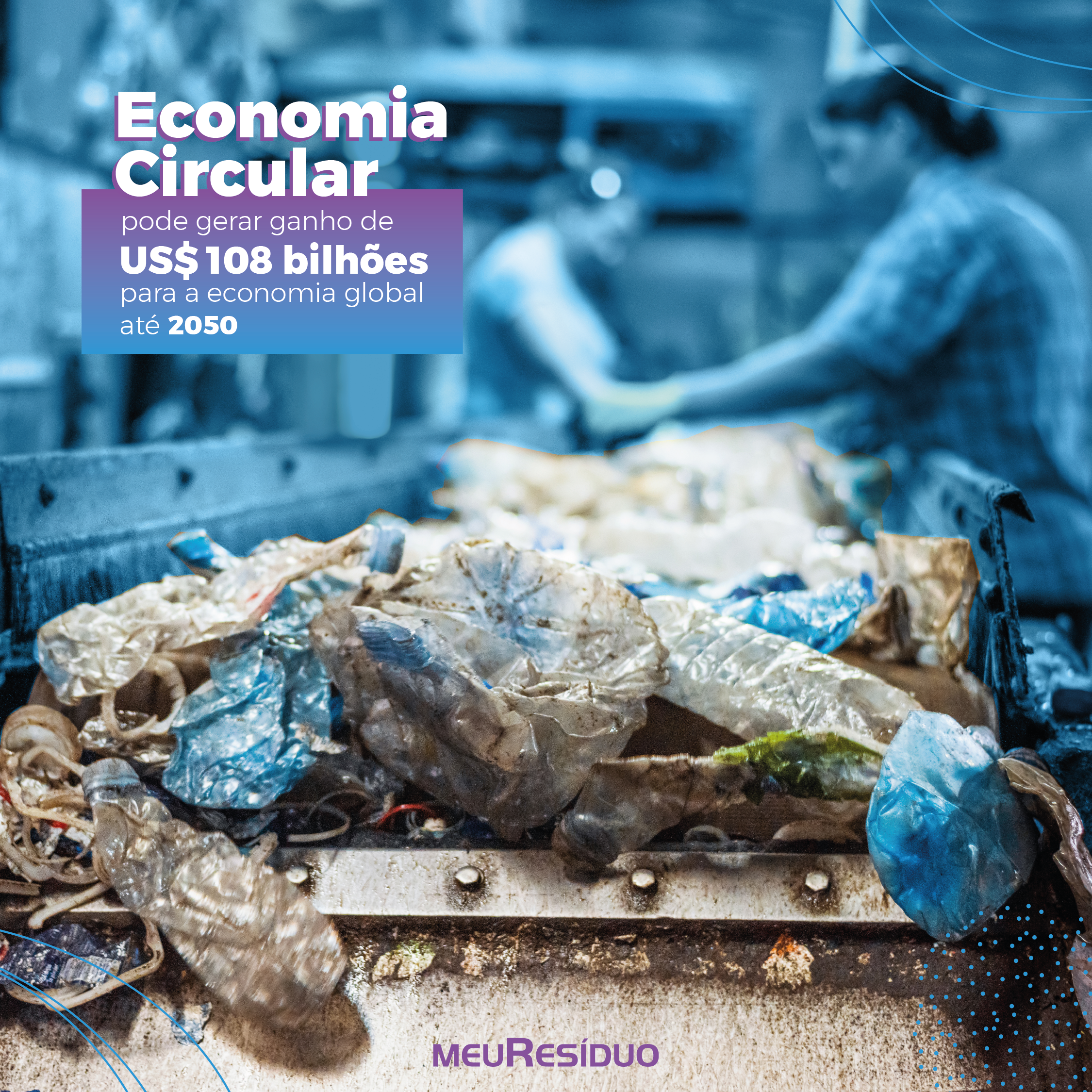Our relationship with the world around us continues to change on a daily basis. People care a lot more about the impact we’re having on the environment than they did a couple of decades ago, with green schemes, sustainability drives and heightened social pressure to take care of the world we share.
For all businesses, including SMEs, there’s a sense of expectancy to ensure you’re doing everything you can to keep your carbon emissions and other harmful environmental outputs to a minimum. If you run an SME and are unsure exactly how to do that, this guide is here to help.
Whether it’s understanding exactly what kind of impact you’re already having, or the desire to reduce the size of your footprint, we’re here to help you move towards a business model which sees reductions on your impact on the environment.
Understanding your carbon footprint
To be able to address and decrease the size of your carbon footprint, it’s important to first understand exactly what it is and how it can affect your business. Let’s explore that now, as we get to grips with just how important lowering your CO2 emissions can be as an SME.
What is a carbon footprint and net zero?
You’ve probably heard the terms “carbon footprint” and “net zero” before – but how familiar are you with exactly what they mean?
Your carbon footprint is the collective name given to the amount of CO2 which your business produces and releases back into Earth’s atmosphere. In a sense, it defines the amount of damage you’re doing to the environment.
Net zero refers to the balance between the amount of greenhouse gases you put in the atmosphere and how much you actively remove. When what you’re adding to the atmosphere is no higher than what you’re taking out, you’ve achieved net zero.
A lot of businesses will try to reach this benchmark, as it’s a solid indicator that they’re taking their environmental impact seriously.
Benefits of being net zero as an SME
There’s a good chance you want to take a step towards lower carbon emissions for purely ethical reasons. But that doesn’t mean there aren’t also a number of benefits to making the switch from a PR perspective. Here are some of the ways your SME might prosper:
Appeals to employees, customers and partners
Having the ability to shout about your net zero status will naturally make you more appealing to potential employees, customers and business partners. Modern consumers, workers and investors have become keener to buy from and deal with businesses that have made a commitment to becoming greener. This is something which could be a massive help when trying to attract the right kind of attention.
Save money
As well as this myriad of benefits, SMEs will also find that switching to a greener way of doing business can also have a positive impact on their bottom line. There are a number of ways reducing your carbon footprint will save you money. These include tax relief and exemptions on things like company cars, as well as saving on the rising Climate Change Levy rates.
Competitiveness vs larger businesses
In a market where you might be competing with companies bigger than yourself, it’s important to take every opportunity you can to get ahead. Positioning yourself as a sustainable or greener alternative to a business you might not be able to compete with financially could make a huge difference amongst consumers.
Enhances image and reputation
Similarly, your general image will be heightened in the eyes of the wider public. People tend to trust organisations that show they care for issues beyond their own personal interests. Becoming net zero is one of the best ways to demonstrate your wider ethics as an SME.
Preparedness for new government policies
With the growing importance of environmental issues at the top of governments priority list, having pre-existing policies in place could safeguard you against any sudden or unexpected regulation changes. This can be incredibly useful in saving you a headache or even substantial fees further down the line.
Carbon footprint statistics in business
While carbon emissions are something we more closely associate with visible output, online and digital companies are just as responsible for how much CO2 they produce. In fact, the internet itself, while seemingly a completely digital entity, contributes to the carbon footprint of a lot of businesses.
SME Today reports that the digital footprint of the internet accounts for as much as 3.7% of all greenhouse gas emissions. Worryingly, these figures are predicted to double by the year 2025.
It might feel odd to associate something electronic and so far removed from the industrial world with carbon pollution, but the internet still relies on a number of real-world factors to make it tick. It’s these constructs which contribute to greenhouse gases.
Reducing the carbon footprint of your SME
Whatever your footprint, there are always steps which can be taken to lower the amount of CO2 you’re throwing back into the atmosphere. Here are some of the most effective ways to reduce the size of your footprint.
Heating and air conditioning
Both heating and air conditioning are a major factor in energy consumption. Their impact can be lessened by improving insulation and updating the windows of an office you own. If you are not the owner, try to find other ways to block draughts or allow heat to escape. Also think about implementing dress code policies which allow staff to work in clothes which are comfortable for them.
Electric vehicles
Electric cars and other forms of vehicles are considerably better for the environment than traditional combustion engines. While they still use a minimal output of CO2, these types of vehicles will on average produce three times less carbon when being driven. As such, they’re a great investment for any businesses who own company cars.
Swap to a renewable energy provider
One of the most efficient ways to make an immediate change is to swap your energy provider to one who specialises in using renewable and sustainable forms of power. Often, these will be provided by wind turbines or with the use of green gas mills. There are a host of suppliers to choose from, so look around and find one which works for your needs.
Lighting
Try to replace as many lights as possible with LED alternatives. This will not only save on your lighting bills, but also majorly reduce the amount of carbon your office produces. You can also maximise the natural lighting in a room by investing in blinds, as well as considering installing motion sensor lights to avoid wastage.
Create a carbon reduction plan
On top of making actionable changes to specific parts of your business, you can also take a wider approach to tackle your carbon output. Implementing a carbon reduction plan gives every member of your team the chance to see what steps you are taking and how they can individually help.
FONTE: https://www.retailmerchantservices.co.uk/sme-environmental-impact-carbon-footprint-guide/


